Introduce the story of Alice in Wonderland to your students with this animated fairy tale video perfect for younger students.
Explore the Alice in Wonderland Story
Alice in Wonderland is a great story to use when teaching your students about narrative structure and features. It has lots of fun, creative characters and wondrous, magical settings. The story has a clear beginning, middle and end, which helps children understand how stories are organised. The story’s playful language and nonsensical elements engage students’ imaginations, making it an enjoyable and memorable experience that enhances their understanding of storytelling concepts.
This video of Alice in Wonderland has been created by our talented team of teachers and animators to help you explore narrative structure and features with your early years learners. The video depicts the story of Alice in Wonderland through animation accompanied by a modern-day, age-appropriate narration. There is a small twist to be aware of, though… the video does not contain the ending to the story! We intentionally did this so that your students can practise and improve their inferential comprehension skills. They can try to guess what might happen next in the story.
(Spoiler: The video stops just as Alice is trying to escape from the clutches of the evil Queen of Hearts!)
Activity Ideas for This Alice in Wonderland Video
There are so many activities your students can do as an accompaniment to this Alice in Wonderland video. Here are some suggestions from our experienced teacher team:
- Storyboard Summary – Have your students identify the key events in the story so far and present them as an illustrated storyboard. This visual representation helps reinforce their understanding of the narrative structure.
- Letter from Wonderland – Have your students imagine that they are Alice, writing a letter home to her sister from Wonderland. Encourage them to focus on the sights and sounds of Wonderland by using descriptive language and imagery.
- Drama Activity – Place the students in groups and have them act out what they think is going to happen at the end of the story. Encourage creative use of props and simple costumes to enhance the performance.
More Narrative Features Resources from Teach Starter
Teach Starter has more great resources to support your teaching of narrative features in your early years classroom! Click below to explore some suggestions from our teacher team:
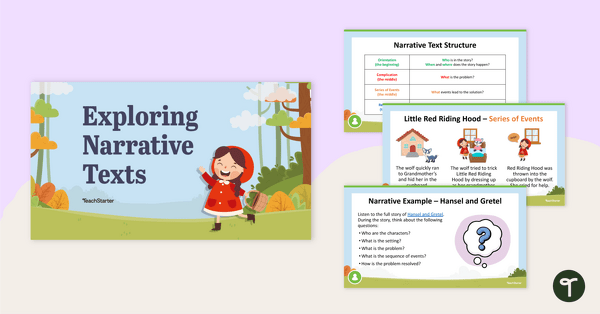
teaching resource
Exploring Narrative Texts PowerPoint
Teach your students about the key elements of narrative texts with this comprehensive teaching presentation.
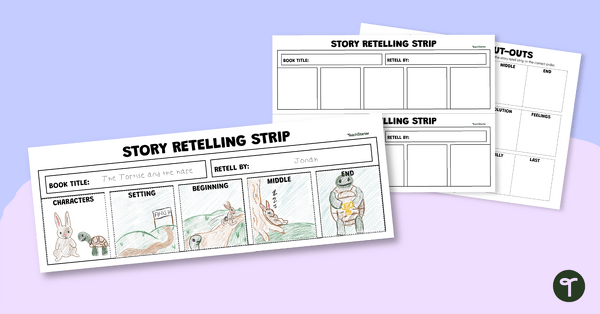
teaching resource
Story Retelling Strips
Explore a story with your students with this story-retelling cut-and-paste worksheet.

teaching resource
Literature Study Task Cards (Lower Primary)
Explore the wonders of children's literature with this set of 12 literature study task cards for lower primary students.



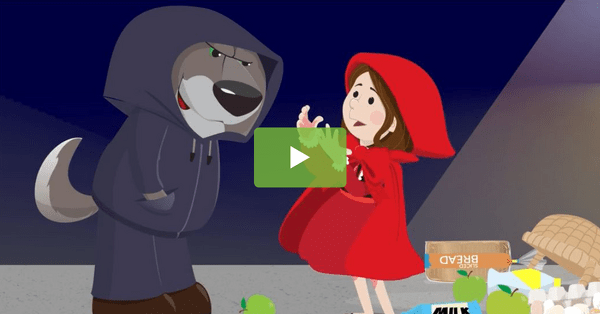
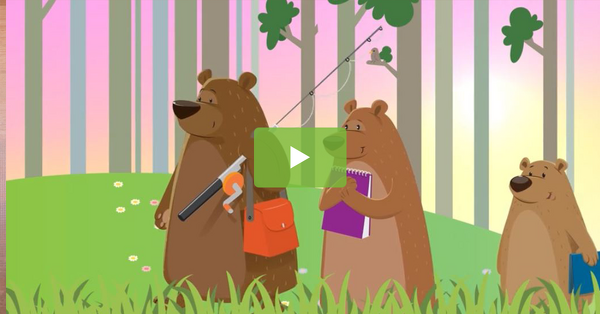

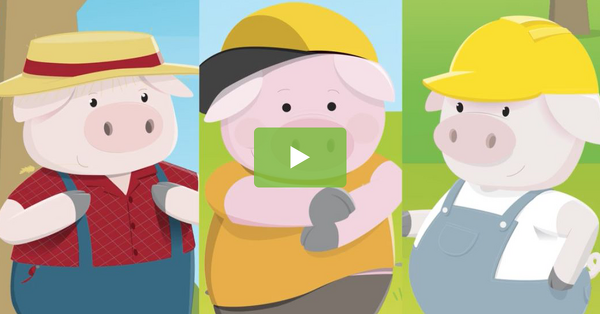
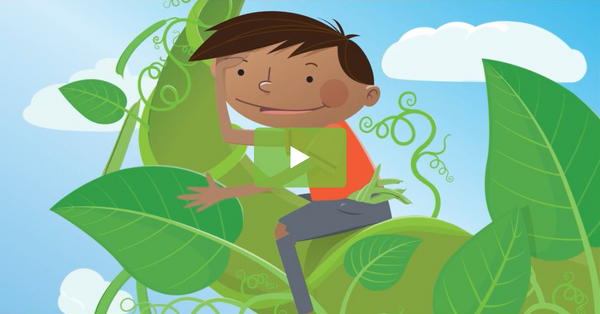
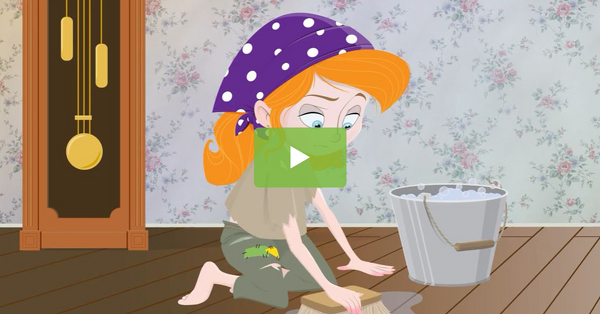
0 Comments
Write a review to help other teachers and parents like yourself. If you'd like to request a change to this resource, or report an error, select the corresponding tab above.